9Poaching leads to displacement of tribals and aborigines or natives
Advertisement
Poaching is widely blamed on tribals and natives of various wildlife areas around the world. In India especially in the Kanha Tiger reserve, tribals are prevented from hunting and were also evicted from their homelands as a measure to stop poaching and protect animals; instead the main culprits go undetected. Tribals in places like Africa are often blamed for the decline of wildlife. Although they bear the brunt of action in India, the dwindling tiger population was a result of rampant hunting by colonialists and Indian royalties at the turn of the 20th century.
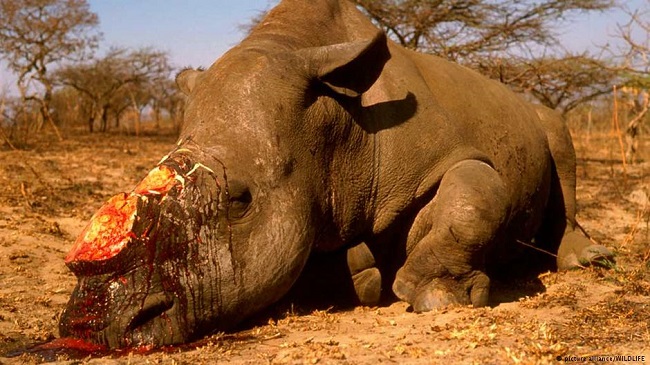
Image Source: www.dw.com
10They may also drive the African elephant to extinction
Advertisement
Among the reasons to hate poachers is the fact that today poachers are a huge threat to the survival of elephants and just because of their ivory tusks whose trade was banned worldwide in 1989. While there are many western countries with people dealing illegally in Ivory, China is perhaps the largest buyer of such goods including tiger carcass and skins which they believe contains medicinal benefits and is used widely in the making of traditional medicine.
In a large survey the most comprehensive till date, it was reported that over 100,000 African elephants fell prey to poachers between 2010 and 2012.
Local poachers use poison arrows to kill animals like Kenya’s most famous elephant named Satao (image below) who was slaughtered and hacked for his 6.5 feet tusks. There are also poachers equipped with technology and modern weapons who use grenade launchers on unsuspecting herds even within the shelter of so-called protected wildlife parks.
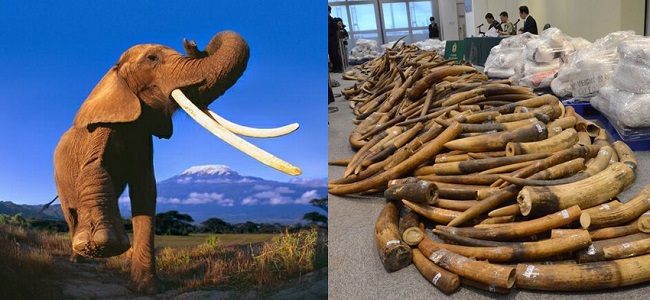
Image Source: cites.org
11The man who killed Cecil the lion
Advertisement
Cecil the lion was one of the most famous inhabitants of Hwange national park in Matabeleland Zimbabwe, who was the subject of a study by Oxford University. Cecil was killed by recreational hunter and dentist Walter Palmer who killed animals for fun. According to him, Cecil was first wounded with an arrow shot by Palmer, then tracked and killed with a rifle after 40 hours on July 1st 2015. Since Palmer had a permit, he wasn’t charged but he is not allowed to visit the country as a hunter.
Incidentally, Palmer was also responsible for killing a White Rhino in Africa as well as a Nevada Bighorn Sheep which is an endangered animal. Only 500 are left in the world today.
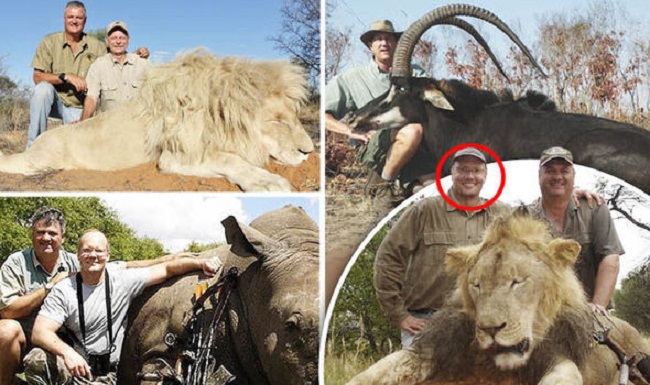
Image Source: express.co.uk
12They are responsible for the deaths of rangers
Advertisement
As cruel as they are with animals, poachers are just as cruel to humans as well especially forest rangers. Poachers have been reported to resort to merciless killings of rangers that include burying them alive in saw pits by illegal timber poachers in India. In Colombia, they are killed by drug cartels and in Africa by landmines and militias. Africa is the bloodiest battleground where poachers and rangers are at a brutal war with each other. In Kenya, six rangers were killed last year including a woman who was pregnant. In Congo alone 183 rangers were killed in the last decade.
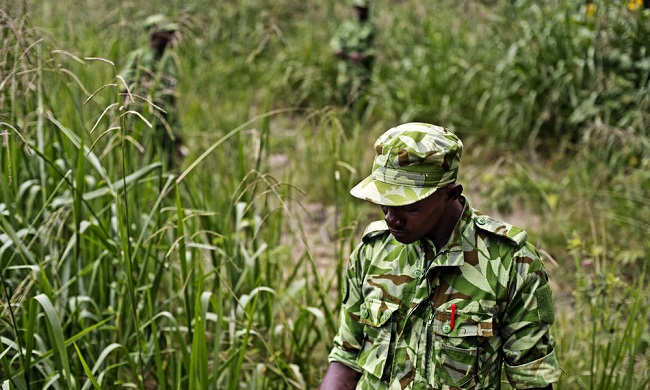
Image Source: forestelephants.org
But there is hope yet
There may be many more reasons to hate poachers but there may be hope yet as more and more governments are waking up to the dangers of poaching and now dishing out jail sentences to poachers. The biggest proof of international pressure on poaching is the rapid decline of the value of ivory which was near about $2100 a kg in 2014. Today in China, elephant ivory is worth jusy$730 a kg. There are also people like Yao Ming from China who films and produces documentaries to create awareness about the dangers to wildlife. The image below was taken of an elephant carcass killed for ivory in Kenya where Yao Ming was filming one of his documentaries titled ‘The End Of The Wild’ we hope it will never come to that.
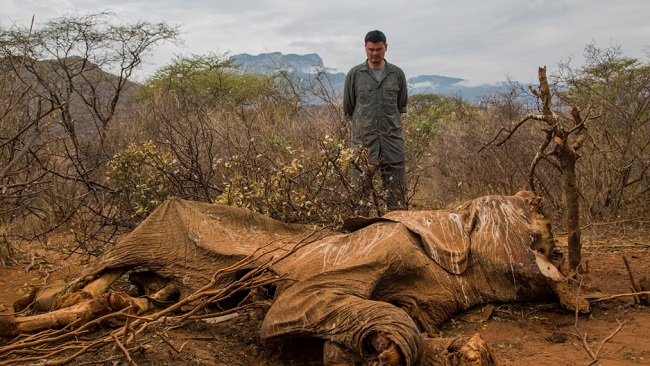
Image Source: media.pri.org